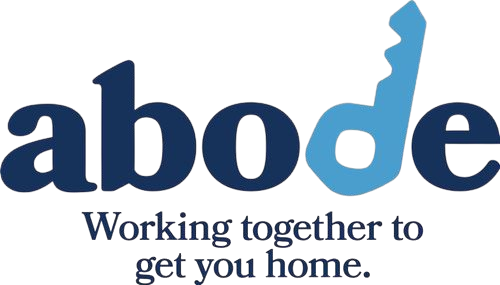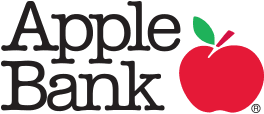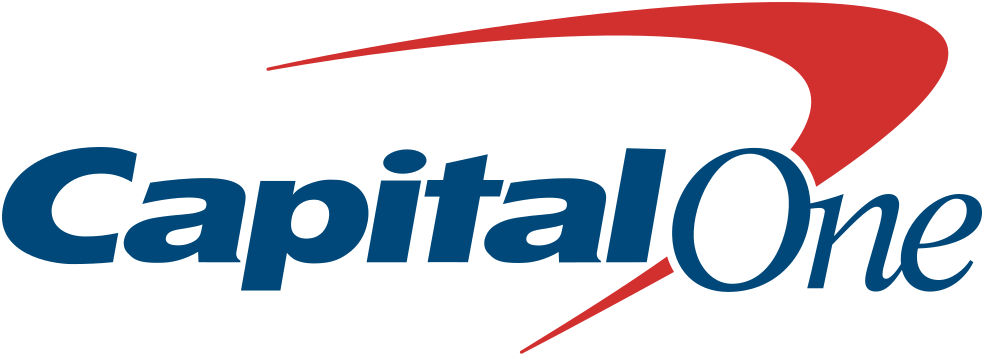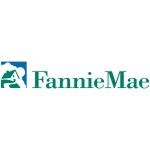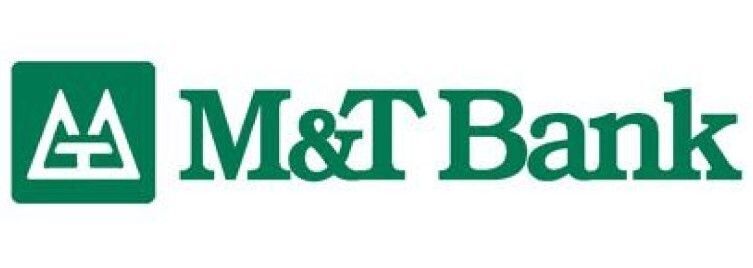While debt can represent a useful financial tool to get ahead with your life plans, if it is not used strategically, credit can easily get out of control and threaten your financial stability.
The biggest credit problem for most people is the use of credit cards.
According to the Survey of Consumer Finances conducted by the U.S. Federal Reserve, the average American household credit card debt is $5.700, and the average for balance-carrying households stands at $16,048. In national terms, the total outstanding U.S. consumer debt amounts to $3.4 trillion in 2016.
In today’s society it is very easy to fall in the trap of overspending when we are surrounded by tempting credit options and discount offers from department stores, gas stations, grocery stores, etc., on a daily basis. For example, many stores offer you a certain percent if you open a charge account and then charge you up to 20 percent interest.
Major credit card companies earn the most money when borrowers make only minimum payments, so they actually hope you don't pay off your balance due each month. Using credit card is so easy that sometimes we forget how much we have charged each month and then, we don't have enough money to pay the bills.
Does this sound familiar to you? Look at the following warning signs about debt load. They can help you determine whether you are managing your debts or the other way around. Start paying attention to your debt load if:
● Your monthly creditor debt (excluding your house payment) exceed 20%of your take-home pay.
● You are still paying bills from purchases made over a year ago (excluding your car or house)
● Your checking account is frequently overdrawn
● You have stopped adding to a savings account
● You are surprised at how much interest you pay creditors annually
● You feel “out of control” when faced with a buying decision
● You start using savings to pay bills
● You start paying your bills late
● You are borrowing money, using cash advances, or visiting payday lenders to pay this month’s bills
● You can make only minimum monthly payments (or less) on your revolving charge accounts
● This month’s credit balances seem to be even larger than they were last month
● You make payments on credit cards every month, but find that your bills never go down
● You are near at, or over the limit on your lines of credit
● You start borrowing money for regular household expenses such as rent, food, clothing, gas or insurance
● You do not go to the doctor or dentist because you can’t afford them
● You cancel auto, medical or life insurance because you can’t afford them
● You feel like you would have money problems, if you lost your job
● You start getting calls from collection agencies
● You feel afraid to add up the total amount of your debt
If you recognize some of these signals, you may consider to get help from a debt relief company, a credit counseling agency, or a housing counseling agency.
Other options for debt relief include consolidation, debt settlement, debt management plan and programs (DMP) and bankruptcy. These options all have pros and cons, so you would have to carefully analyze and decide what is best according to your specific financial situation.
